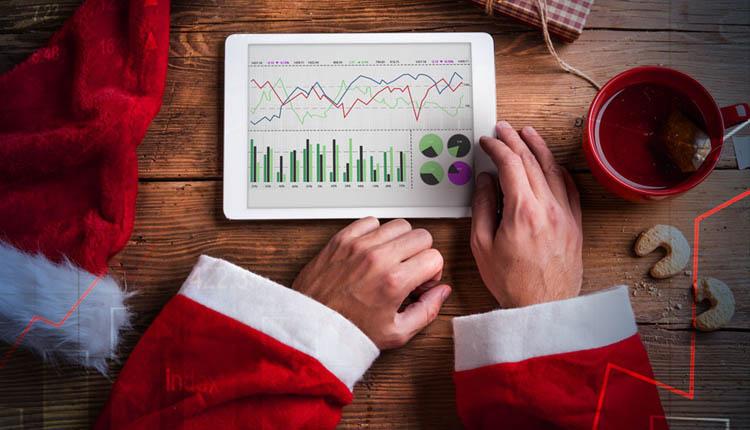It’s been an unsurprisingly muted day in the markets as the US celebrates Thanksgiving and the rest of us are left to watch most asset classes tread water for most of the session.
European stocks are on course to close marginally higher which is encouraging in itself given the fear around inflation, interest rates and Covid at the moment. The latter caused a jolt in the markets last Friday but investors have gathered their composure once more. The risk of lockdowns and restrictions hasn’t passed so continues to weigh.
The US posted some more strong economic data on Wednesday as it dumped a few days’ worth of releases on us in the space of an hour and a half which was nice and easy to digest. Ultimately, the takeaway from the data was that the economy is looking strong, the labour market is in great shape and the consumer is ready to spend going into the important holiday season.
A number of Fed policymakers will be comforted by the numbers we’ve seen recently on the back of a really strong third-quarter earnings season. At times over the last few month’s, it must have felt like the walls were closing in. Inflation was running hotter, lasting longer and yet the economy wasn’t necessarily ready for rate hikes. They may now feel much more relaxed and we could now see the consensus grow for faster tapering and earlier tightening than the bulk have allowed themselves to consider previously.
Even the lira has been relatively muted by recent standards. That may be something to do with the US bank holiday, although it’s probably just finding its feet now that the dust has settled following Erdogan’s defiant speech that pulled the rug from under the remaining lira bulls. I’m sure there’s plenty of lira volatility to come in the days and weeks ahead but for now, it appears to be enjoying some reprieve.
Oil steady as traders eye OPEC+ meeting
Oil prices are also steady today, a common theme as we make our way through the various asset classes. Brent and WTI bounced back strongly following the US-led SPR release this week, a move that was heavily priced in and failed to get pulses racing.
Some are speculating about a possible retaliatory move from OPEC+ when it meets next week but such a move would seem rather unnecessary when prices remain very high. The group doesn’t want to align itself with the greedy manipulator tag some have tried to apply to them. They don’t need to involve themselves in the politics of it all and I’m sure consuming countries will be hoping they opt not to. If this does turn into a price war, there will only be losers, albeit to a lesser extent on the producer side.
Gold fragile after consolidating below $1,800
Gold has settled below $1,800 in recent days, after being pummelled by more hawkish interest rate expectations ahead of the December meeting. Faster tapering and multiple rate hikes next year have ruined gold’s appeal. Yes, we still have high inflation but now it seems the central bank intends to do something about it. It was good while it lasted for the yellow metal.
Gold has found some support around $1,780 but it’s looking fragile and the pressure could mount once more when the US returns next week, if not sooner. This is around the 50% retracement level of the August lows to the November highs which may be why we’re seeing some support at the moment. But I don’t think this is a retracement which is why it will eventually break, and the 61.8 fib below around $1,750 may be a more fitting temporary bottom if it does consolidate ahead of the December FOMC meeting.
A bitcoin Santa rally?
Bitcoin is enjoying some reprieve during the US bank holiday. Of course, the tale we hear every year is that of families sitting around the table and buying bitcoin on their phones following the thrilling annual crypto chat over Turkey. It certainly makes for a nice story but I’m sure it probably has more to do with the 20% decline we saw after hitting record highs a couple of weeks ago and consolidation we’ve seen the last couple of days. If the price breaks $60,000 again, perhaps this year’s Santa rally will be led by bitcoin.






































